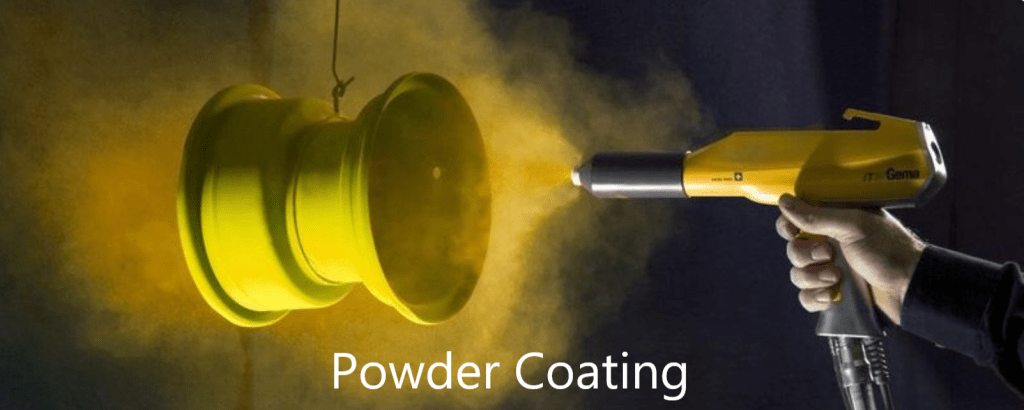Disposing of powder coating waste responsibly involves several factors to consider, but here's a breakdown to help you navigate the process:
1. Identify your waste:
Check the composition of your powder. Powders with high levels of heavy metals or VOCs are classified as hazardous and require special disposal. Check your supplier's safety data sheets or contact a waste management professional for help. If your waste contains other materials such as paint or solvents, it may require special treatment or disposal methods.
2. Local Regulations and Facilities:
Each region has its own rules for waste disposal. Determine acceptable disposal methods for your specific waste type by researching and understanding your local guidelines. Look for facilities in your area that are certified to handle your waste type. Some regions may have limited options, so advance planning is essential.
3. Consider options and their suitability:
If your waste is classified as hazardous, contact a licensed facility that specializes in hazardous waste disposal. They will handle waste in a safe and responsible manner, in accordance with regulations. For non-hazardous waste, contact local landfills or incinerators that accept industrial waste. Make sure they are certified for your specific waste type. Some facilities specialize in recycling powder coating waste, especially clean overspray from specific powder types. Investigate options in your area and verify the recycler's capabilities and certifications. If possible, consider collecting and reusing clean overspray for subsequent projects. This reduces waste and saves money.
4. Prioritize responsible practices:
Prioritize the safety of yourself, others, and the environment. Follow the proper handling and disposal procedures for your specific waste type. Choose environmentally friendly disposal methods. Consider recycling and reusing whenever possible. To avoid fines and penalties, ensure that you follow all local and regional waste disposal regulations.

